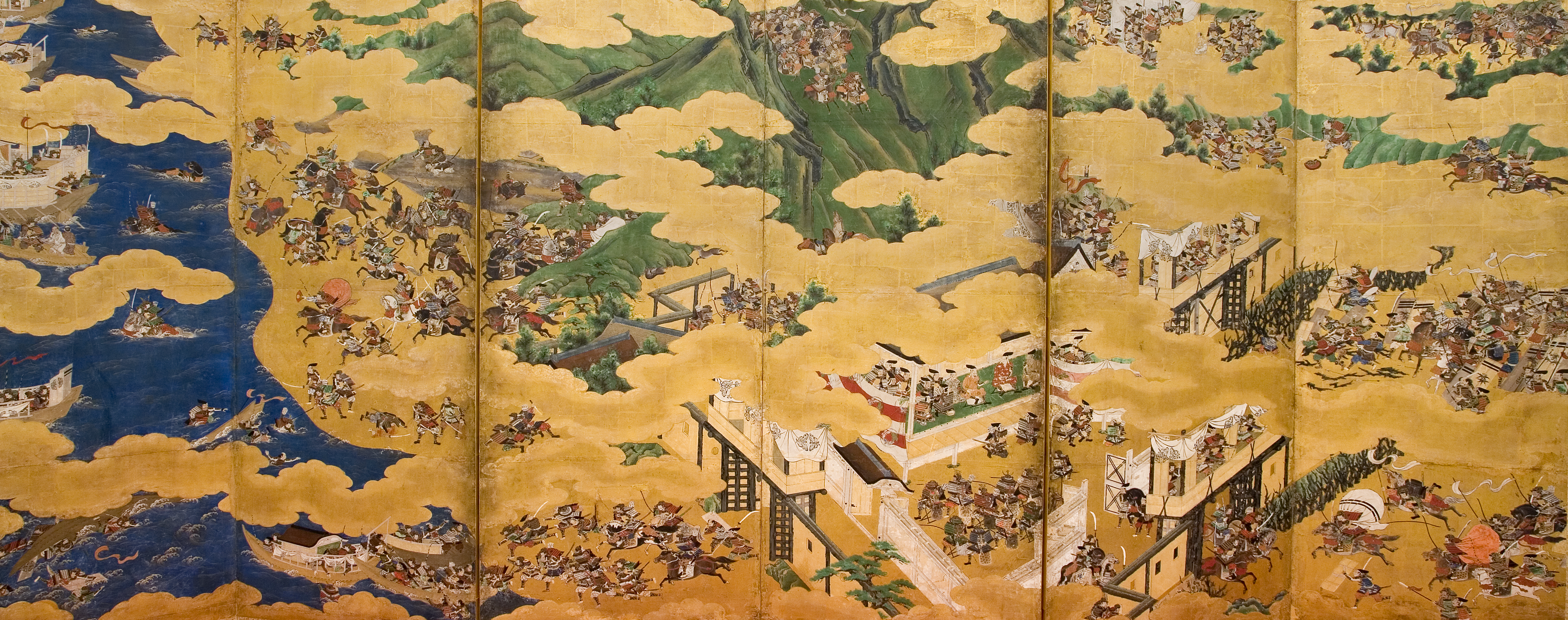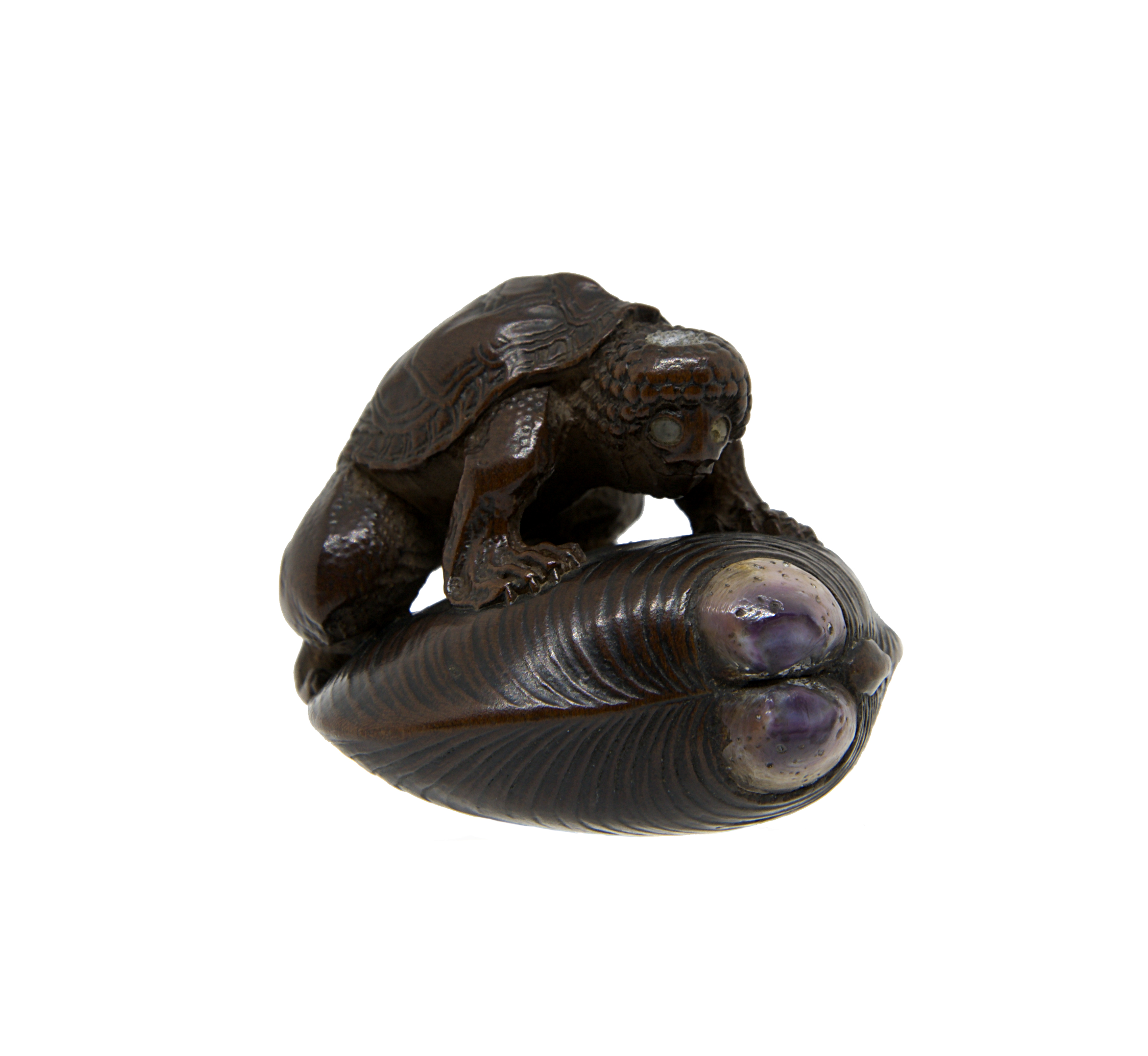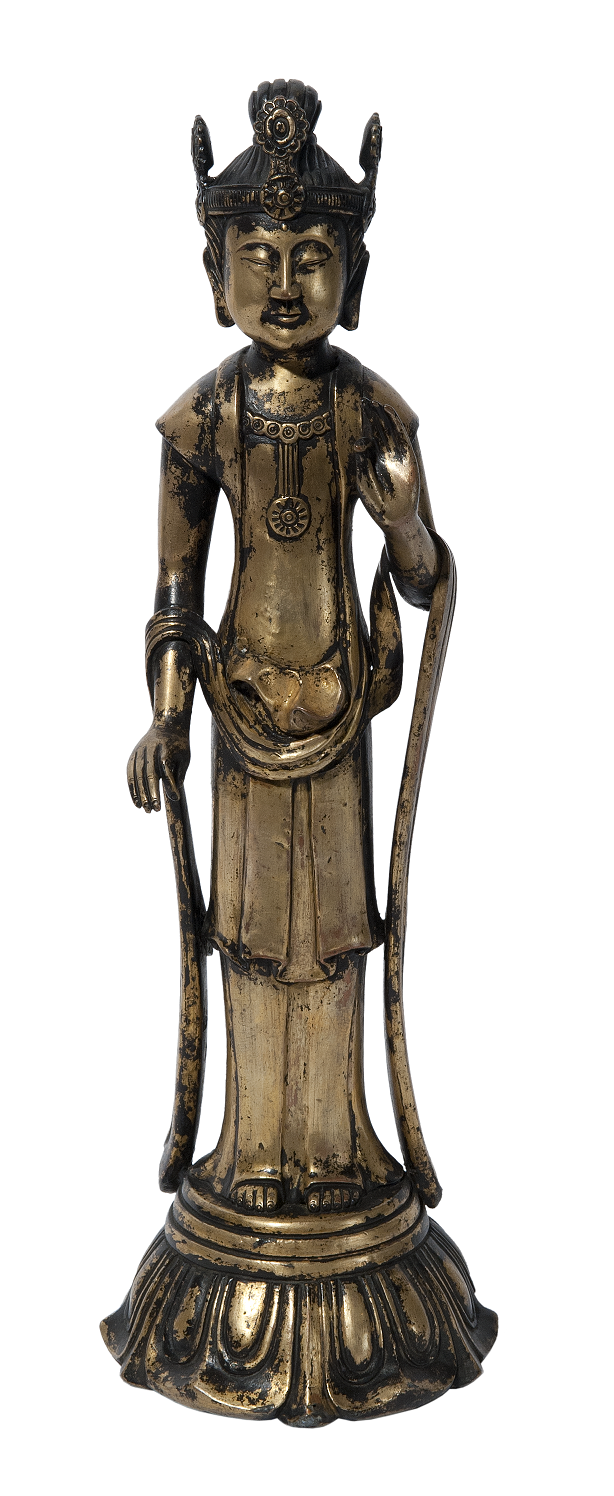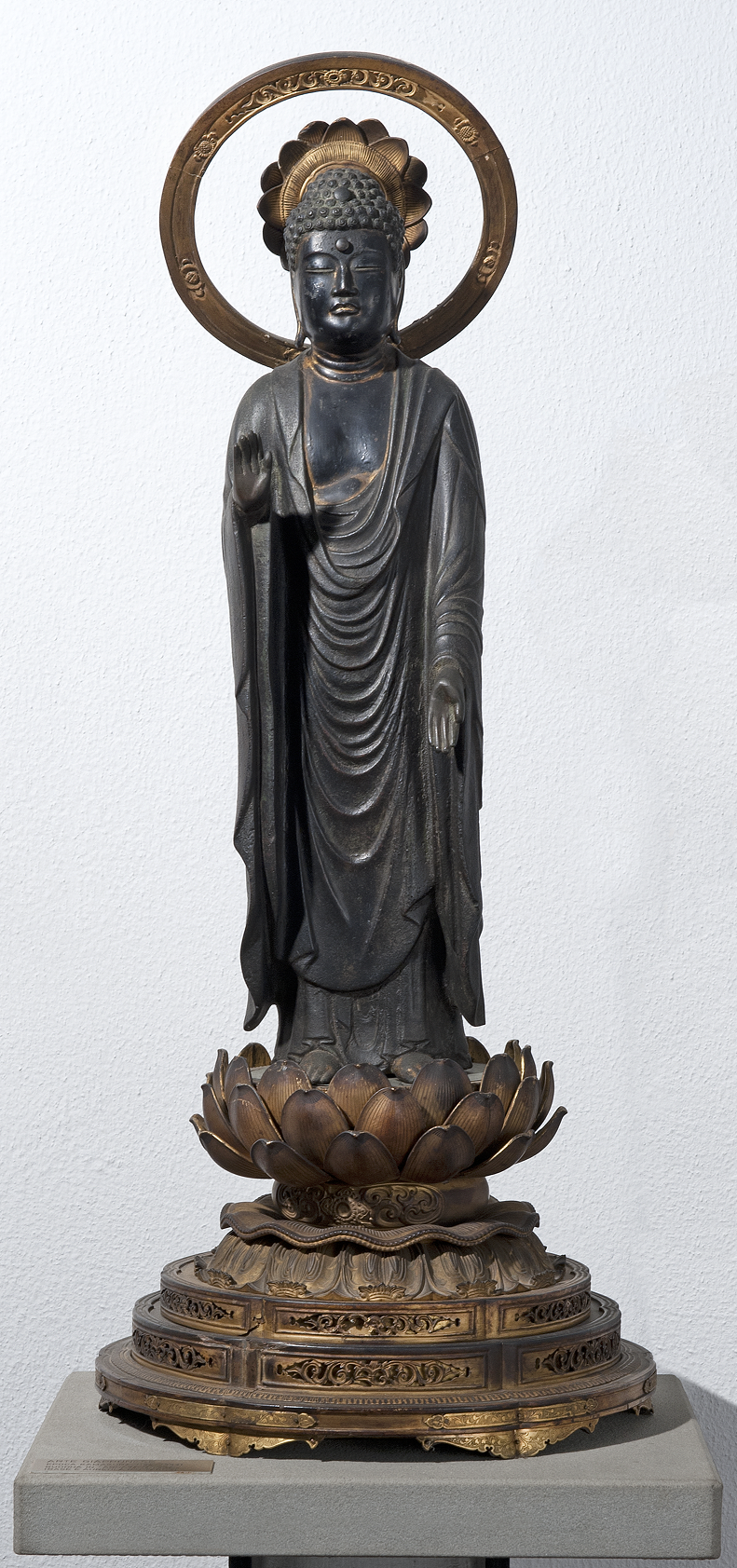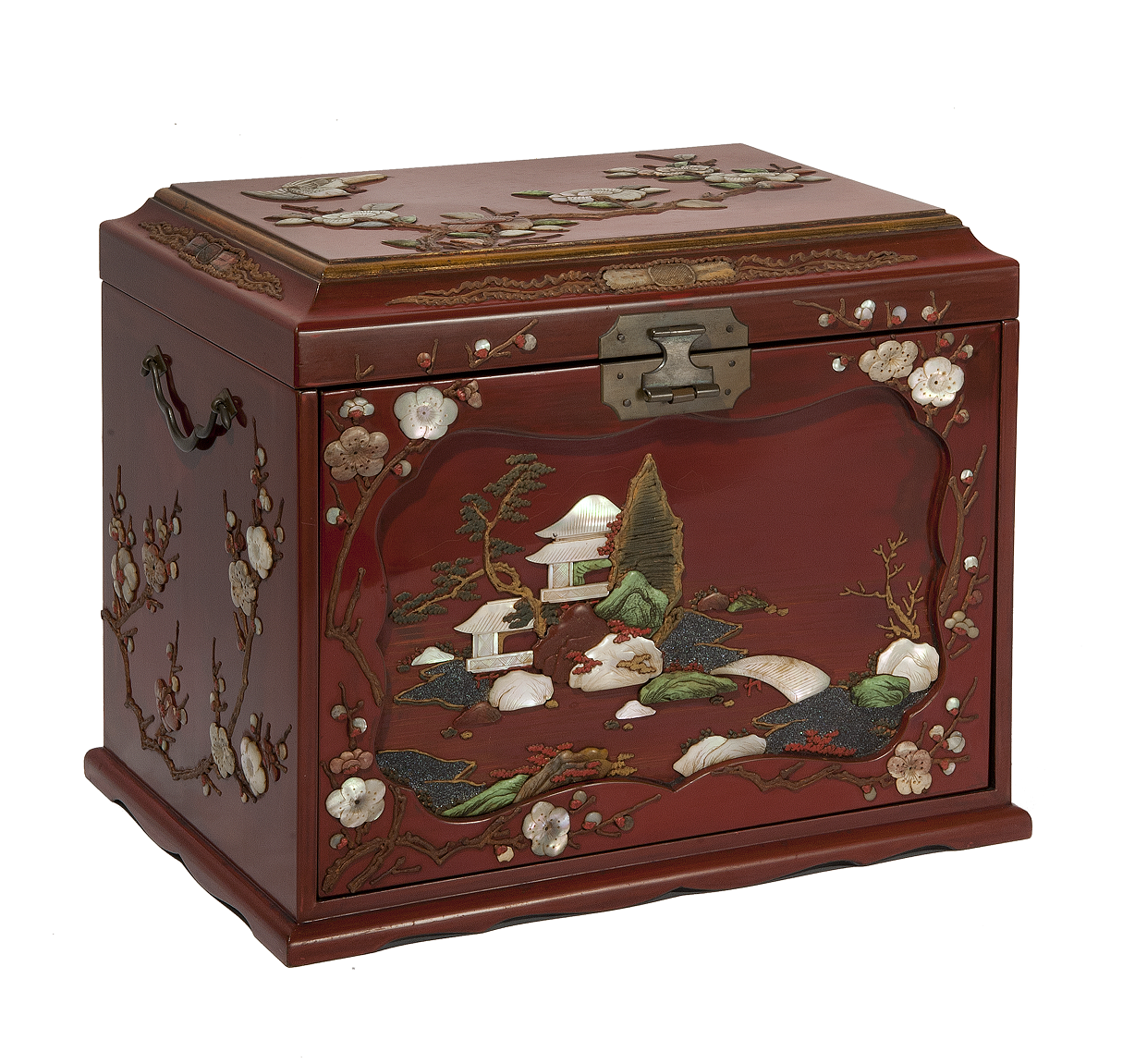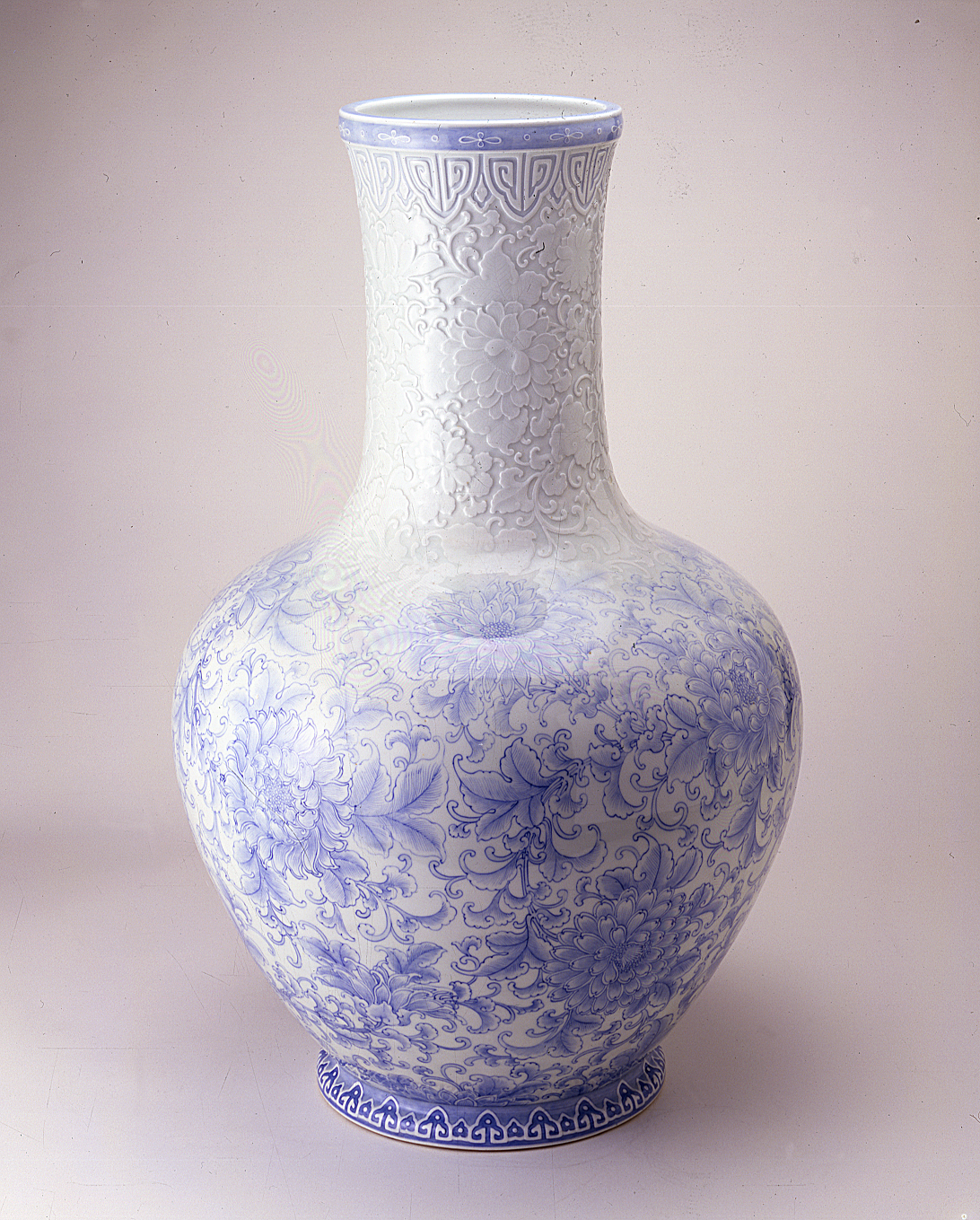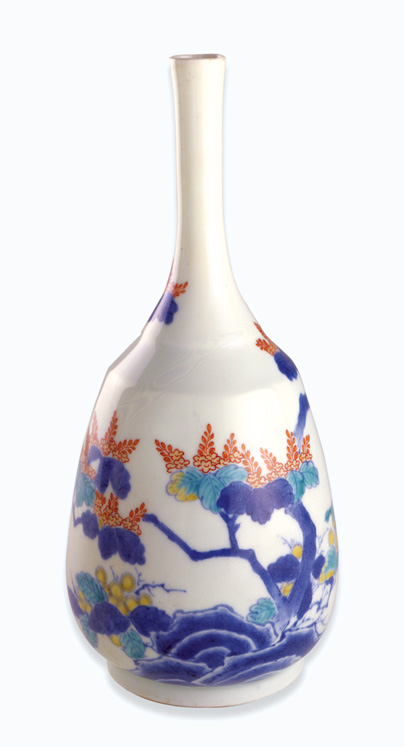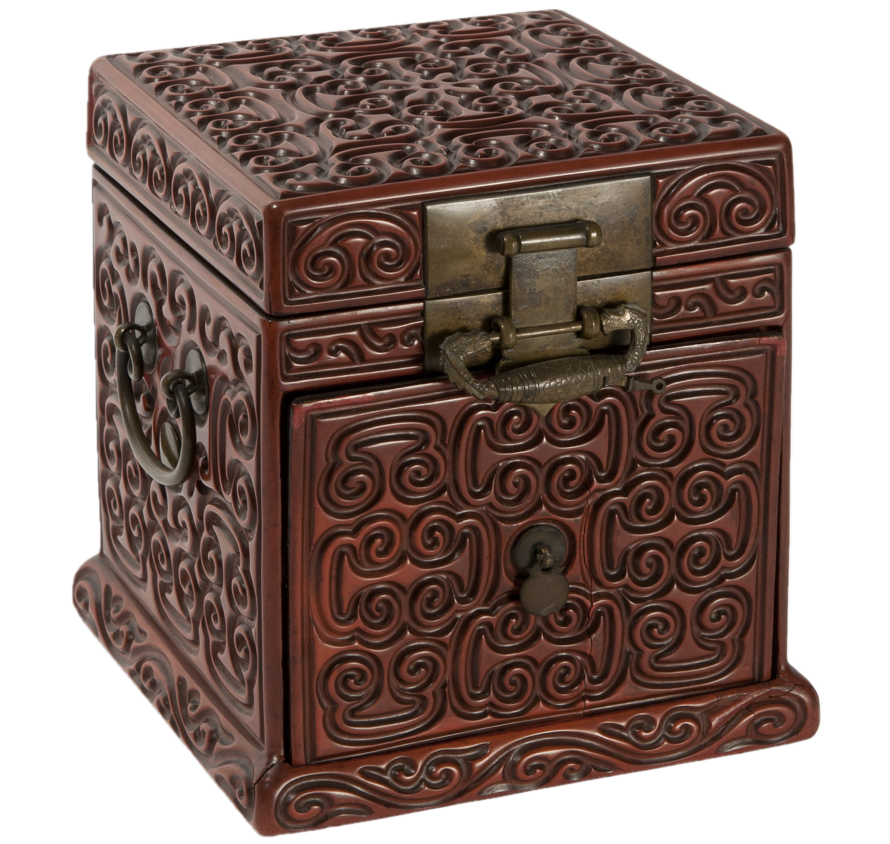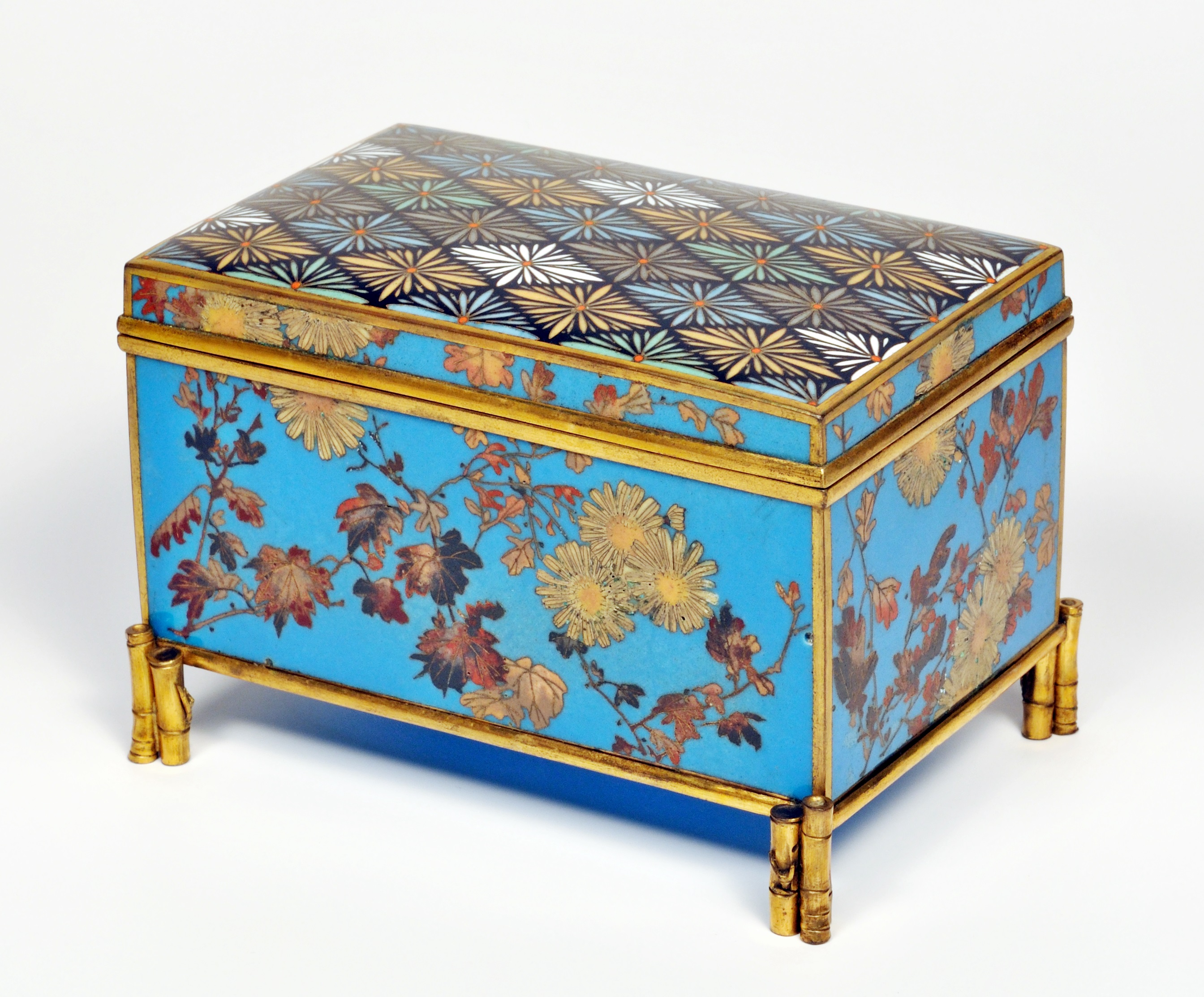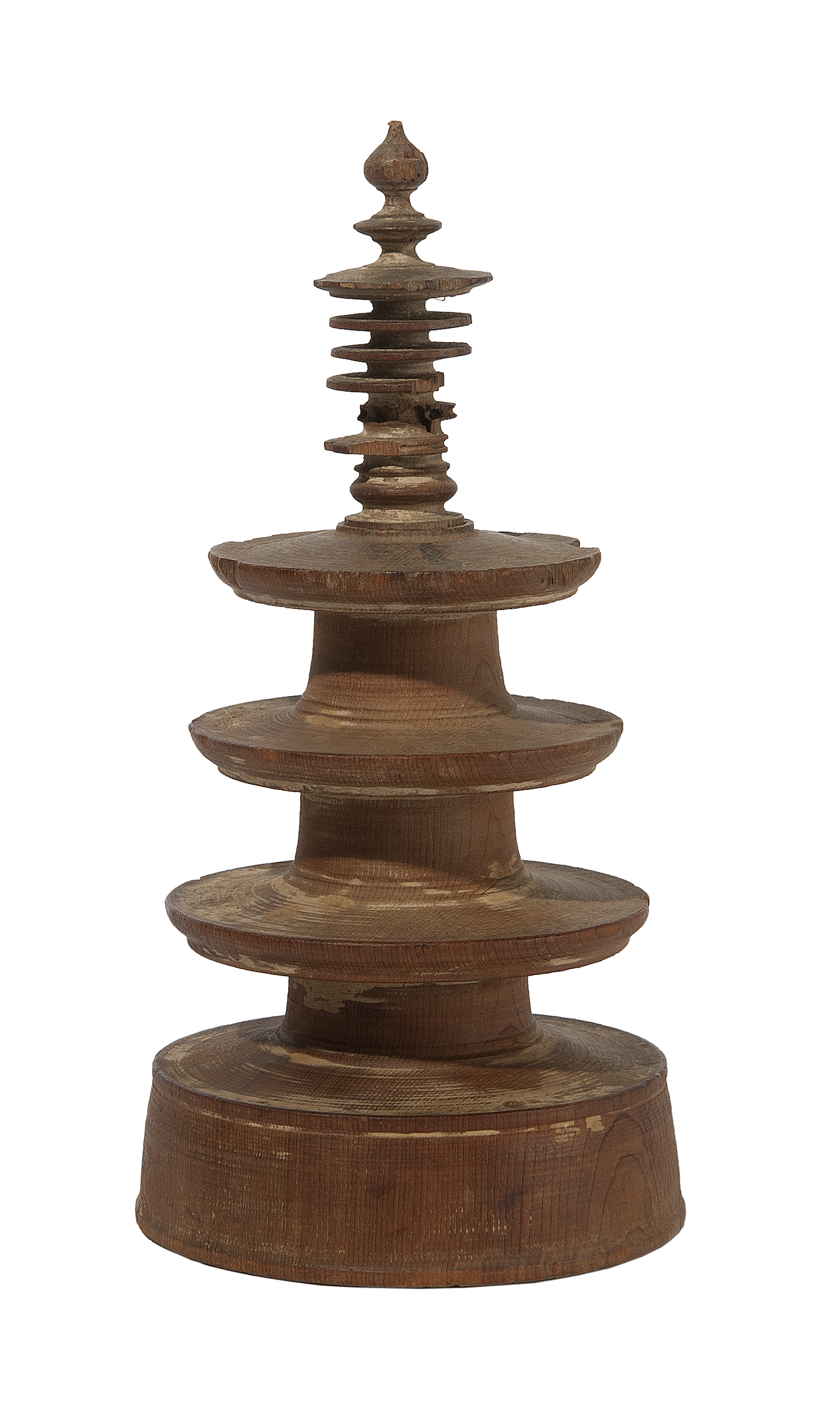
Click here to view image
Japan, Nara period (645-794), datable 764-770
wood lathed with traces of plaster coating
Gallery II, display case 10 (inv. no. B-698)
Edoardo Chiossone Collection, testamentary bequest, 1898
wood sculpture
This little stupa, a miniature pagoda, symbol of Buddhism, comes from a collection of a million pieces that were produced by order of the empress Shōtoku in 764 and offered to the ten greatest temples of the time. Inside the cylindrical cavity are inserted small pieces of paper rolled up and printed with some prayers called dhāranī. This little object represents not only an interesting proof in the history of Buddhism but also an important element for the japanese culture: these dhārani are in fact believed to be earliest surviving examples of printing in Japan. Other musealized hyakumantō are displayed at the MET in New York and the British Museum in London.

